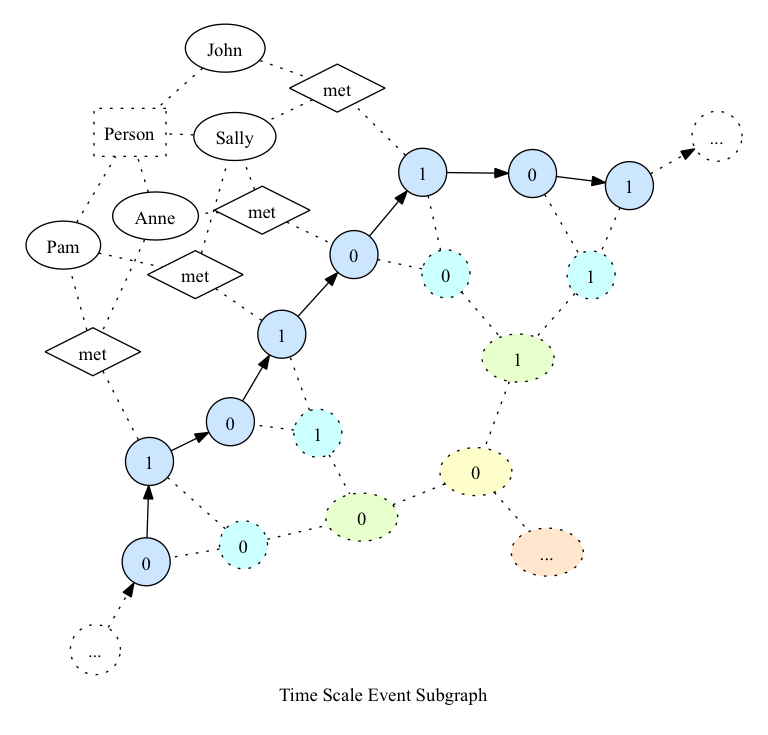Neo4j Graph Search Engine
gSearch is a graph search engine architecture that integrates with a Neo4j graph database. The core libraries of gSearch contain a collection of graph management services for recording and analyzing complex dynamical systems of temporally modeled interactions.
What problems does gSearch solve?
gSearch is meant to solve specific problems in the field of information retrieval and search.
Filter
TODO
Search
TODO
Recommendation
TODO
Causality
gSearch allows you to painlessly perform causal analysis of temporally modeled events.
Definition
Causality (also referred to as causation) is the relation between an event (the cause) and a second event (the effect), where the second event is understood as a consequence of the first.
Theory
Observations are made, captured, from a perspective of a position in time and space. A graph is a model of that space.
A graph database provides you a means to model space and see information from the perspective of a point relative to other points. Those points can represent a condition or state of the world.
Example
Consider the example below.
- Pam met Sally.
- John met Sally.
- Sally met Anne.
- Anne met Pam.
Each point on the graph is from the perspective of a person relative to meeting other people.

Problem
The need to model these abstract representations of interactions between objects in a temporal sense, ordered chronologically, requires database management solutions that are complex and contextually diverse.

Solution
gSearch exposes an API for handling data management operations purposed to performantly manage read and write operations for creating and maintaining a causal graph in your Neo4j graph database.
